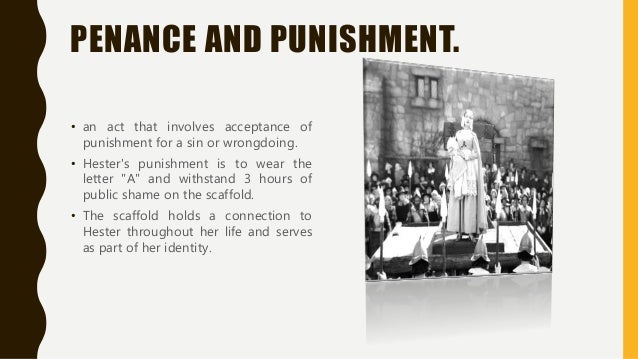

By leaning on the Book of Esther, by asking (however quietly) to be read through the scrim and outline (however faded) of the Book of Esther, The Scarlet Letter positions itself as a kind of updated scripture that must be considered in the context of the broader trend Buell describes in antebellum writing. For instance, Sacvan Bercovitch argues in an essay on “Endicott and the Red Cross” that Hawthorne’s familiarity with traditions of biblical exegesis is “subtler and more extensive than his critics have acknowledged,” and Frederick Newberry in an essay on “The Minister’s Black Veil” claims that “Hawthorne’s sophisticated grasp of theological and historical background is indisputable.”(9) Even without these expert opinions, Hawthorne’s deep reading in Puritan literature and his understanding of the Puritans would necessarily entail a sophisticated grasp of scripture and divinity. Fields, recorded in his memoirs, “and when sometimes, in my ignorant way, I would question the use of a word, he would almost always refer me to the Bible as his authority.”(8) Recent critics have tended to scant Hawthorne’s imaginative involvement with biblical literature (as compared, say, with Melville’s), but have not done so entirely. “Hawthorne was a diligent reader of the Bible,” Hawthorne’s publisher, James T. It may be that investigators have been thrown off track by Hawthorne’s revolutionary approach to the Book of Esther, his delight in turning the traditional story in quite untraditional ways. The lack of any serious critical investigation of The Scarlet Letter’s relation to the Book of Esther, despite the fairly broad hint of Hester’s name, remains puzzling. Luedtke mention the coincidence of names in reference to Hester’s magisterial bearing.(4) To my knowledge there are no other references to the Book of Esther in the literature on Hawthorne. But primarily Hawthorne’s ‘sermon’ traces the education of an American Esther.” Bercovitch does not draw any further parallels between the Book of Esther and The Scarlet Letter.

Sacvan Bercovitch remarks that Hester Prynne “builds upon the tradition of the biblical Esther – homiletic exemplum of sorrow, duty, and love, and figure of the Virgin Mary. The multiplicity of biblical intertexts may reflect Hawthorne’s desire to write a story of new world Puritanism that would acknowledge and, moreover, incorporate the extreme textualization of that society.

It is surprising, then, that critics of Hawthorne have not carefully considered the question of Hester’s name.
#SCAFFOLD MEANING IN SCARLET LETTER FULL#
As a great orchestrator of meanings, Hawthorne is aware that names are full and even overfull of meanings, and he could in no way be said to arrive at his characters’ names casually. As an initial letter, or simply as an initial, the A notoriously hints at all sorts of names while claiming none. (1) The romance’s central symbol, on the other hand, the scarlet letter A, resists the sort of hermeneutic rigidity that naming entails. Hester names Pearl with reference to the gospel of Matthew: “But she named the infant ‘Pearl,’ as being of great price, – purchased with all she had, – her mother’s only treasure!” (1:89). The Scarlet Letter tells of Roger Prynne’s reinvention of himself by an act of naming: when he finds his wife Hester in disgrace in the new world he adopts the name Chillingworth. Why does Hawthorne give Hester Prynne the name Hester? Hawthorne himself, as is well known, changed his family name from Hathorne, to distance himself from those Puritan ancestors whose achievements and excesses haunted his fiction.


 0 kommentar(er)
0 kommentar(er)
